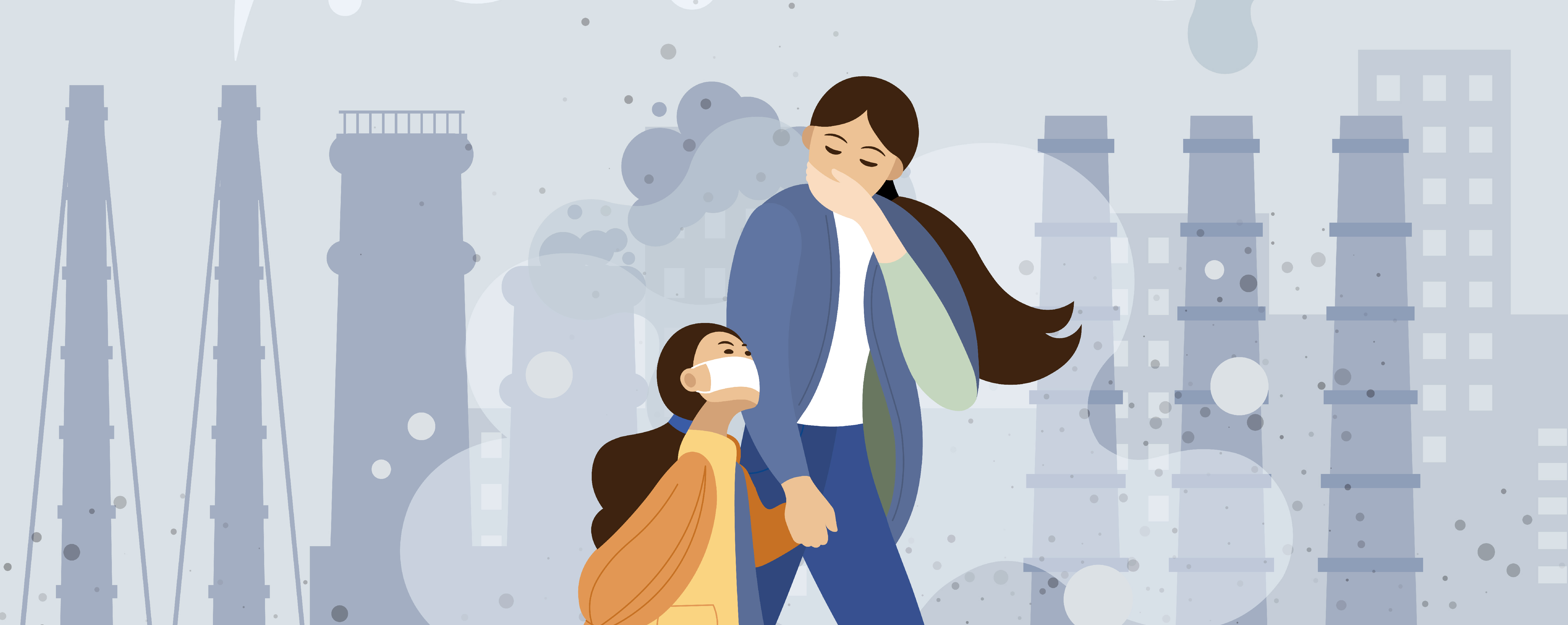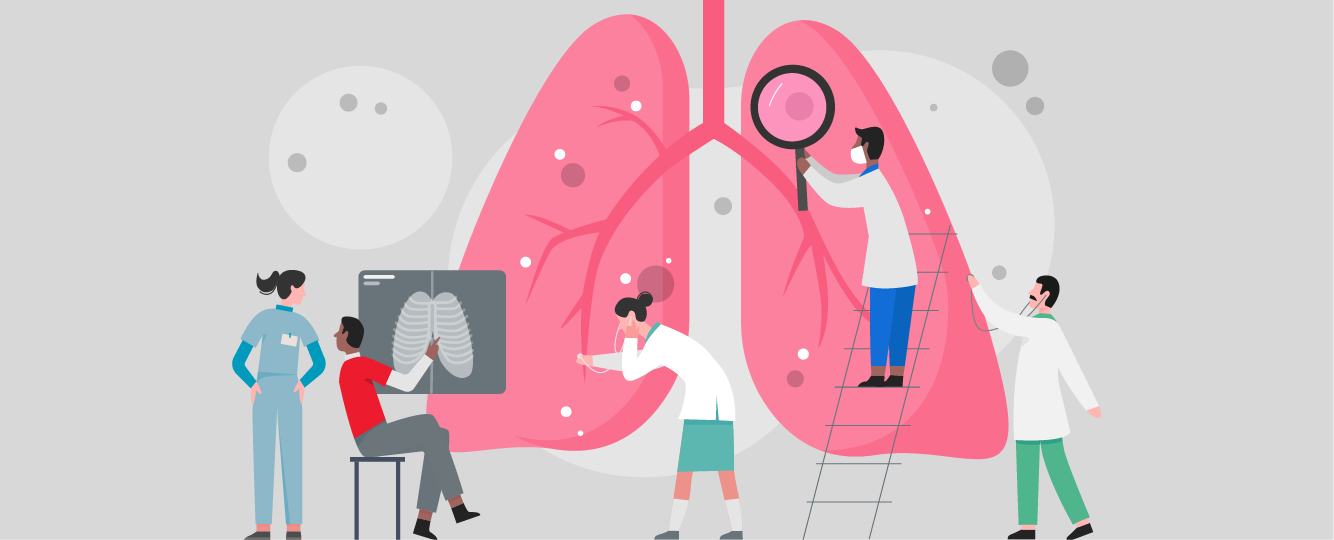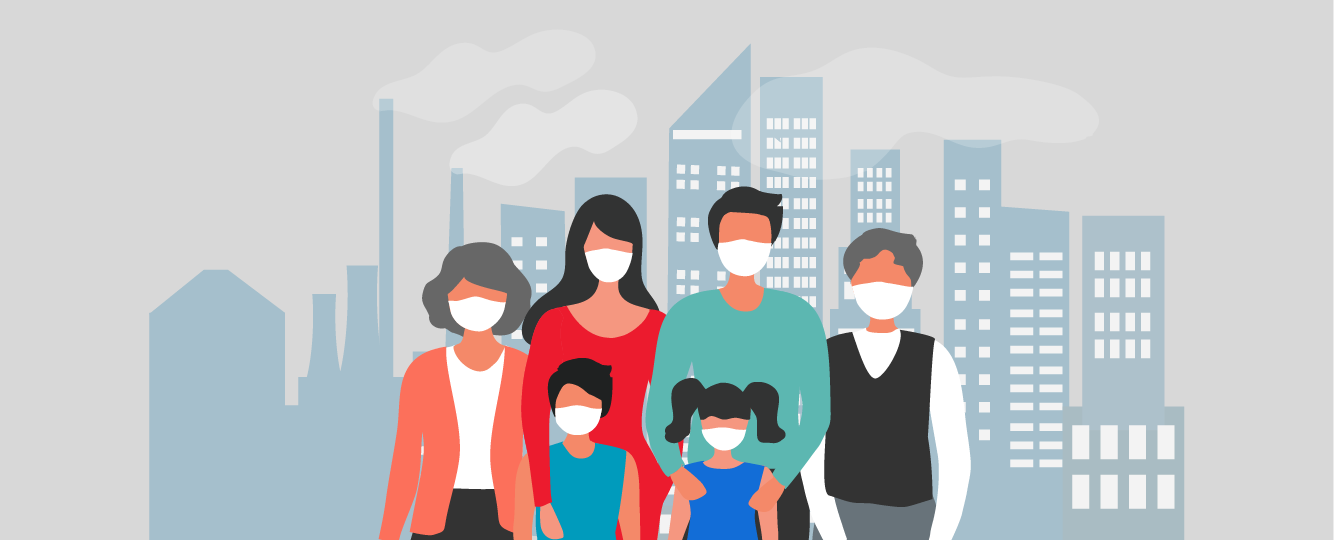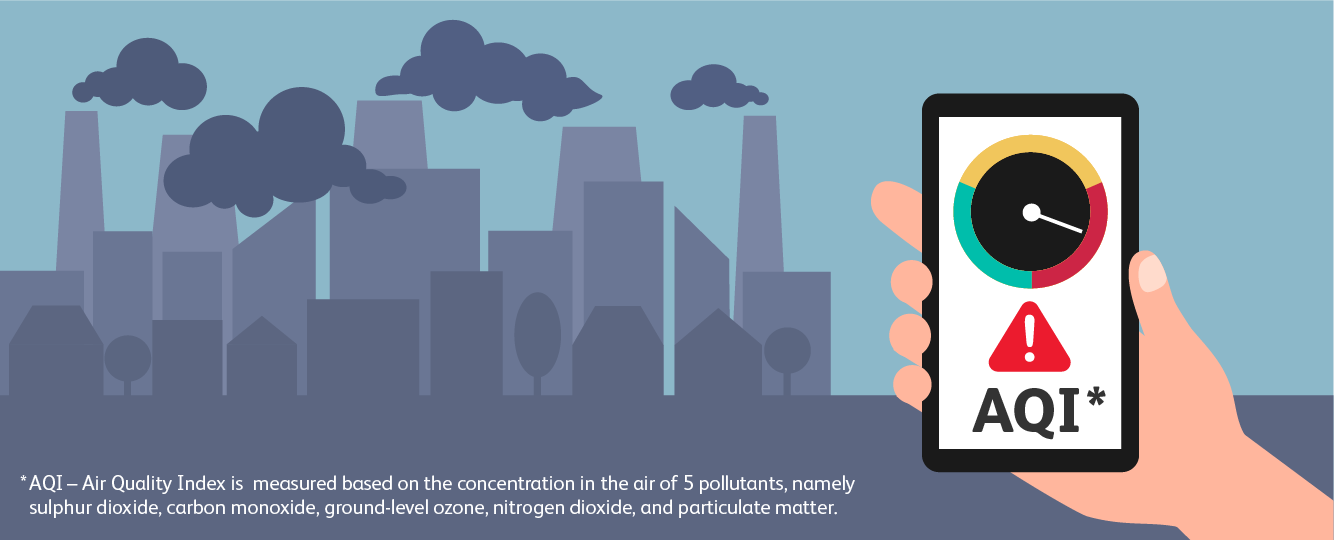
Air Pollution and Lung Health: What You Need to Know
Written by: The Health Aisle Team
Medically Reviewed by: Dr. Aliya Kassamali, BSc. PharmD

The World Health Organization (WHO) tells us that one-third of deaths from lung cancer are related to air pollution—almost the same as smoking tobacco.[1] Air pollution is hard to escape no matter where you live, and it will continue to get worse with climate change, but there are things you can do to protect yourself.

How does climate change put someone with a lung condition at risk?[2][3]
-
Increased air pollution from heat: As temperature rises, warm air helps form ground-level ozone, or smog, which makes it harder to breathe.
-
Longer and more frequent wildfire seasons: Wildfire smoke creates tiny ‘particle pollution’ which goes deep into the lungs and affects breathing. The particles worsen symptoms for those with asthma and chronic obstructive pulmonary disorder (COPD).
-
More frequent hurricanes and flooding: People with lung diseases who must leave their community have trouble getting medical care and medications. Floodwaters leave behind mould, sewage, and toxic chemicals.
-
Increased allergens: Longer pollen seasons affect people with allergies and can trigger asthma attacks.

Are only people with lung conditions at risk?
Everyone is at risk. But those at higher risk include children and the elderly. People at the highest risk of worsening lung diseases and reactions caused by air pollution are those with asthma, COPD, or other serious breathing conditions.

What can you do to protect yourself?[4]
-
Get regular medical care and make sure your conditions are correctly treated and managed.
-
Understand the symptoms that show your condition is worsening so you know when to react.
-
Have a management toolkit that includes your medications, instructions on how to take them, a list of your triggers, a plan on how to treat your symptoms if they get worse, and telephone numbers and contact information for emergencies.
-
Keep your toolkit ready to go and check often that the contents are in good condition and not expired.
-
If you need oxygen, make sure you have a portable source of power in case the electricity goes out.
-
Always have plenty of drinking water (you can add bottled water to your toolkit).
-
Monitor your triggers—like air quality and pollen—and avoid going outside when air pollution is at ‘unsafe’ levels.
As rates of long-term lung diseases rise people must take precautions, especially on smoggy days! Be aware of any changes to your breathing like wheezing, coughing, or shortness of breath. Seek medical attention right away if needed. Follow these helpful tips to protect yourself.
References:
-
How air pollution is destroying our health.World Health Organization. (2018, October 29). https://www.who.int/news-room/spotlight/how-air-pollution-is-destroying-our-health
-
Air Pollution | CDC. Centers for Disease Control and Prevention.National Center for Environmental Health. (2020, December 21). https://www.cdc.gov/climateandhealth/effects/air_pollution.htm
-
Health and climate change: policy responses to protect public health.Watts, N., Adger, W. N., Agnolucci, P.,et al. (2015). Lancet (London, England), 386(10006), 1861–1914. https://doi.org/10.1016/S0140-6736(15)60854-6
-
Climate Change and Lung Health. American Lung Association. (2021, April 7). https://www.lung.org/clean-air/climate-change/climate-change-lung-health

